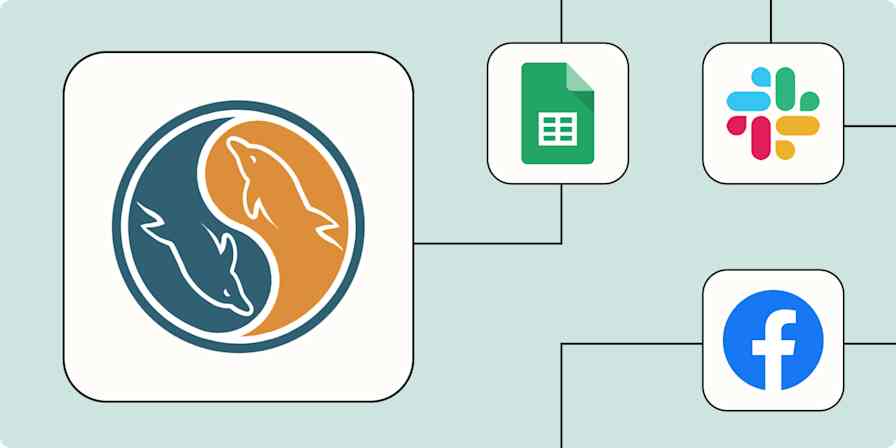Marketing tips
6 min readProgressive profiling: a non-icky way to collect customer data
There's a way to build customer personas and give consumers personalized experiences without having to creep on their data.
By Saphia Lanier · September 21, 2021

Get productivity tips delivered straight to your inbox
We’ll email you 1-3 times per week—and never share your information.
Related articles
Improve your productivity automatically. Use Zapier to get your apps working together.







